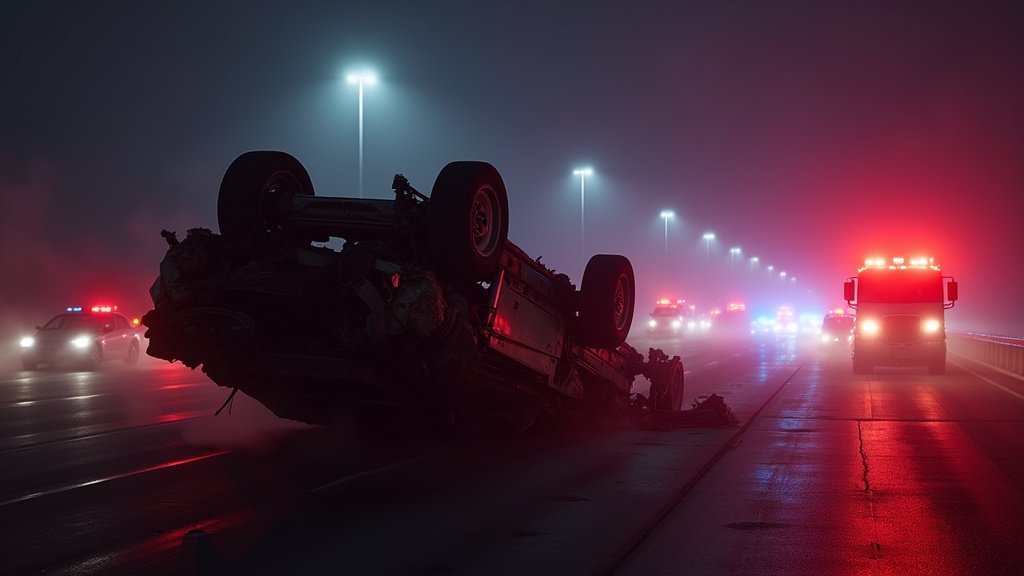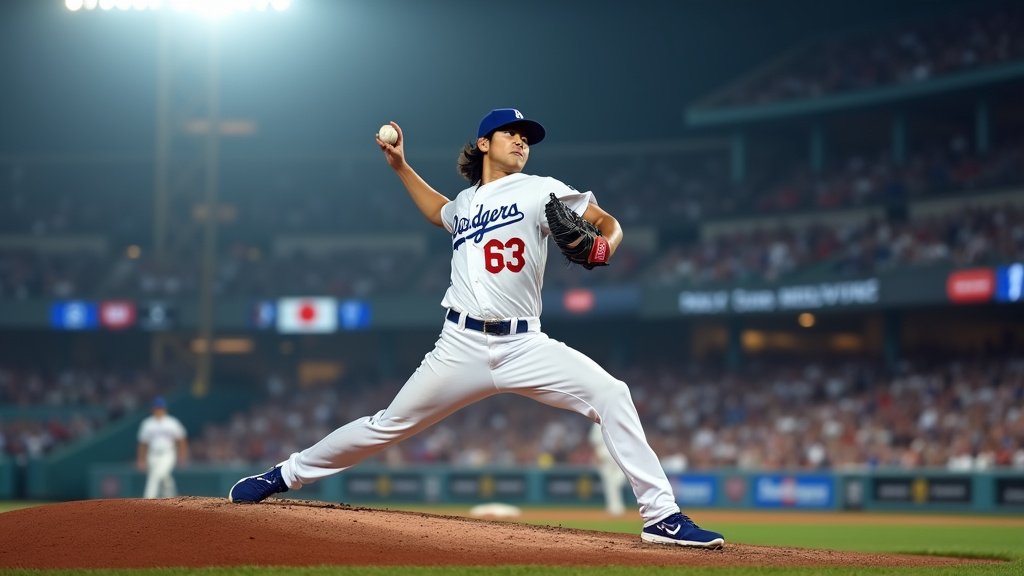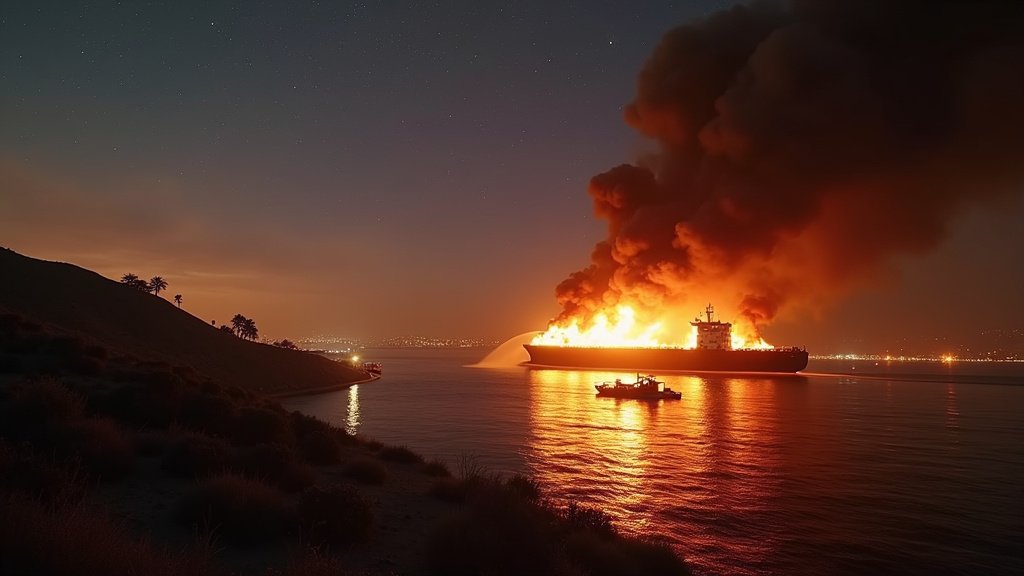The streets of Los Angeles are increasingly becoming a stage where real-world violence is transformed into viral content, fueling a complex digital subculture that mirrors and potentially amplifies gang activity. YouTube channels and social media platforms are dedicating significant airtime to chronicling the city’s gang landscape, often mixing news, speculation, and raw footage of violent incidents. This trend is raising concerns among law enforcement and community leaders about its impact on ongoing conflicts and public perception.
Viral Content and Real-World Violence Collide
A recent incident in South Los Angeles starkly illustrated this phenomenon. On August 26, a shooting outside a liquor store on Manchester Avenue and Figueroa Street left one man, identified by the nickname “Chipmunk,” dead and four others wounded. Surveillance video of the chaotic scene was quickly disseminated online, notably appearing on the anonymously operated YouTube channel “Hood War Stories.” This channel, along with others of its kind, has garnered a substantial following by offering what is perceived as an insider’s look into gang culture across Los Angeles. However, critics argue that this constant dissemination of violent acts, often with sensationalized commentary, can inflame existing rivalries and increase the likelihood of retaliation. Authorities have confirmed that the victims in the August 26 shooting ranged in age from 19 to 45.
The “Hood War Stories” account identified “Chipmunk” and characterized the shooting as a “tipping point that set the streets on fire,” highlighting its significance within the community and on these platforms. This event, while tragic, underscores a broader trend where incidents of gang violence are rapidly converted into digital content, shared and debated by a large online audience.
The Rise of Digital Gang Chronicles
A multitude of anonymously operated YouTube accounts and social media pages are now dedicated to documenting Los Angeles gang culture. These platforms often operate in a gray area, blurring the lines between news reporting, rumor-mongering, and the glorification of violence. They provide a constant stream of content, from footage of street altercations to discussions about ongoing disputes and court cases involving known gang members. Some channels, like “No Jumper,” have achieved national reach, attracting attention from prominent figures in music and entertainment.
This digital subculture is not entirely new, growing out of a long-standing public fascination with L.A. gang life, previously reflected in films and music. However, the immediacy and accessibility offered by platforms like YouTube have amplified its reach and impact. Content creators often interview individuals with deep ties to gang culture, referred to as “OGs” (original gangsters), who share reminiscences and insights. While some aim to impart wisdom, the overall effect can be a powerful, albeit often speculative, narrative of street life.
Social Media’s Role in Escalating Conflict
Experts and community leaders express concern that these platforms can actively fuel existing gang tensions. The “code of the street,” which emphasizes public image and the threat of violence to maintain status, is readily translated online. Gang members may use social media to taunt rivals, post footage of themselves in enemy territory, or share information about violent incidents to assert dominance and credibility. This “internet banging” can directly lead to offline altercations, as online provocations are met with physical retaliatory violence. The speed at which content spreads means that an online post can quickly ignite real-world confrontations, as seen in the aftermath of the August 26 shooting, which reportedly led to subsequent retaliatory shootings within days.
While some research suggests that many online challenges remain confined to the digital space, the potential for escalation is significant. The constant performance of violence and toughness online can create a feedback loop, where individuals feel compelled to back up their digital persona with real-world actions to maintain status and respect.
A Paradox of Declining Crime and Viral Violence
Perhaps the most striking aspect of this phenomenon is its coexistence with official statistics indicating a significant decrease in overall crime in Los Angeles. Data from the Los Angeles Police Department (LAPD) shows that homicides have been on a downward trajectory, with the city on pace to end 2025 with its lowest homicide total in nearly 60 years. Through June 28, 2025, homicides dropped by more than 20% compared to the same period in 2024, with 116 killings recorded versus 152. This decline extends to areas in South Los Angeles, historically bearing the brunt of violent crime.
This statistical reality presents a paradox: while official crime rates are falling, the visibility and perceived prevalence of gang violence through viral content appear to be increasing. This could create a distorted public perception of safety in Los Angeles, where the raw, often unfiltered portrayal of street conflicts online may overshadow the broader positive trends in crime reduction.
Law Enforcement Response and Future Concerns
Law enforcement agencies are aware of the role social media plays in gang activity. Some police departments are using social media monitoring tools to track gang-related keywords and hashtags. However, concerns exist about the potential for misinterpretation of slang and the need for careful contextual analysis to avoid mischaracterizing individuals. Furthermore, the LAPD has collaborated with federal agencies and utilized podcast evidence in high-profile prosecutions, indicating a growing awareness of the digital footprint of criminal activities.
The challenge for Los Angeles and other major cities lies in addressing the complex interplay between online content and offline violence. While crime statistics offer a measure of public safety, the virality of gang-related content raises critical questions about its contribution to fear, retaliation, and the perpetuation of a violent narrative. The debate continues on whether these digital platforms ultimately fuel conflicts or merely reflect an existing reality, but their role in shaping the perception and, at times, the reality of gang violence in Los Angeles is undeniable.
This ongoing convergence of street reality and digital dissemination demands continued scrutiny and a nuanced approach from authorities, community leaders, and content creators alike to foster a safer environment for all Angelenos.





